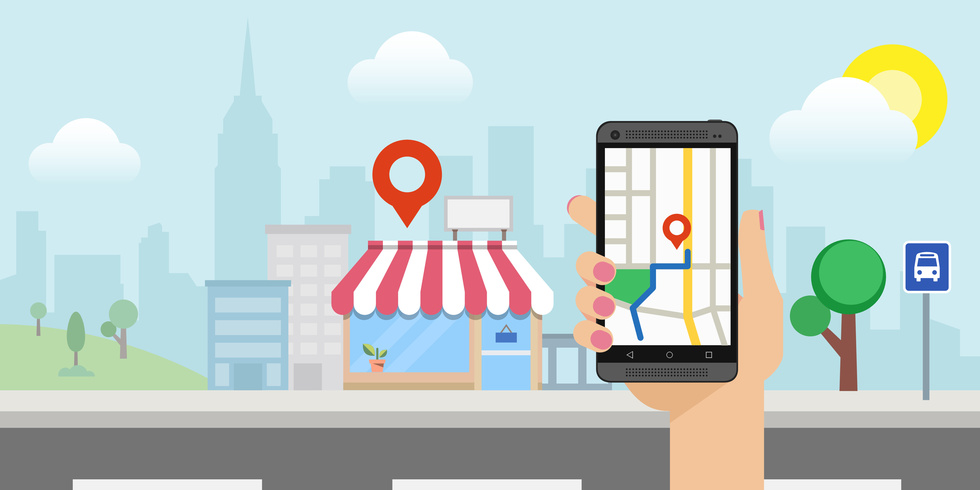We hope you enjoy reading this blog post
If you need help with website or marketing, book a call with our team for a free 360° overview and actionable recommendations report. Book a call

If you need help with website or marketing, book a call with our team for a free 360° overview and actionable recommendations report. Book a call

Smartphones accompany us almost everywhere, and we rely on them for help with a variety of tasks throughout each day. Mobile technology is here to stay, and more and more companies are utilizing mobile data to share messages with consumers. Location-based marketing is a fairly new strategy that involves using a mobile device’s current location to alert the device’s owner to a nearby service or deal. These alerts are most commonly delivered through a push notification by an app or by an SMS message, after the end-user has opted in.
Location-based marketing allows retailers and other companies to keep up with consumers’ demands. As technology advances, customers’ expectations also increase. Geomarketing allows businesses to target consumers by linking relevant ads to technology they already use. Consumers today expect a frictionless journey as they jump between devices and applications. They expect personalization, and location-based advertising gives them just that. The ads become a continuation of a retailer’s physical location, offering a heightened experience to technology-savvy consumers.
Privacy is the primary concern to most customers when it comes to location sharing. To overcome this barrier, companies must allow the consumer to opt-in to messages and choose the frequency of those messages. While studies show a reluctance to initially share location data, surveys also show that consumers are willing to share their location in exchange for nearby deals and discounts. If the ads are timely and relevant, consumers are likely to engage. Location-based advertising offers convenience to a customer that outweighs their concerns over privacy. Monetary incentives are the most successful at convincing customers to sign up for GPS-enabled content.
The grocery store Whole Foods uses location-based marketing to lure in nearby customers through ads offering deals and discounts. They also target those ads at potential customers near competitors’ stores. These ads have successfully brought customers into Whole Foods, rather than the closer competitor.
High-end department store Barneys New York launched an app that utilizes location-based technology. Once an end-user opts in, they receive push notifications when they are near the flagship store. The notifications alert the customer about what’s currently in stock that is also in their online shopping bag or on their wish list. It also shows recommendations based on products recently viewed in the app. The application goes even further to give out recommendations on nearby restaurants and attractions. This gives the consumer an experience beyond the scope of the store.
Technology continues to evolve, and location-based marketing is taking off, with no signs of slowing down.
Please complete the form below and one of our team members will be in touch shortly.